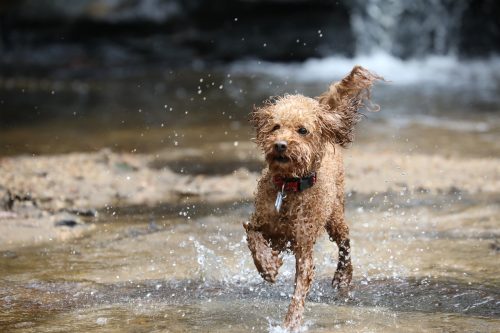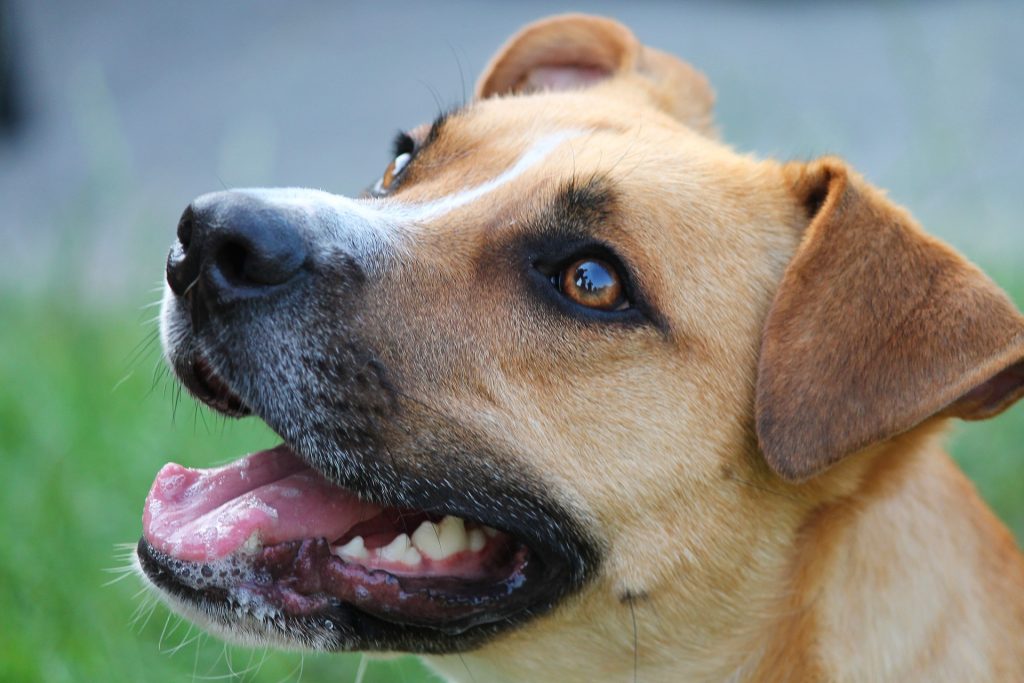You may have heard about people afflicted by staph infections. But did you know that dogs can develop staph infections, too?
If you’ve noticed abnormal wounds on your dog’s skin, chances are he could have staph infection. More symptoms to look out for regarding a staph infection are: pus at the wound site, redness or sensitivity surrounding the wound, and even crusting.
If you suspect your dog has staph, do not worry. Treating staph infections in dogs is much simpler than you may think. Read on for the symptoms of staph infections in dogs, and to see how you can treat it.
What is a staph infection?

Staph infections occur when harmful bacteria in the staphylococcus genus infect any part of the body. They come in many types, but the most common staph infection in dogs is one where bacteria has entered the body through a cut, wound, or scratch.
Staph infections can also affect other parts of the body, including the heart lining, the brain, the spinal cord, the kidneys and urinary system, and reproductive organs. When a staph infection has pervaded these areas, the primary symptoms are fever and weakness.
Be sure to visit your vet as soon as possible if your dog has a fever, seems weaker or more fatigued than normal, or has a cut or scrape on his body.
What are the symptoms of staph infections in dogs?
The symptoms and types of staph infections in dogs include:
- Pus in or around the wound site
- Redness and inflammation
- Pain
- Fever
- Weakness and/or lethargy
- Itching
- Loss of appetite
- Severe pain at the site of the wound
- Abnormal crusting or scaling of the wound site
- Infections of the eyes, ears, skin, or respiratory system
What causes staph infections in dogs?
Staph infections can be caused by a variety of things. The first factor is age. Staph infections typically affect younger dogs, as their immune systems have not fully developed. Older dogs are also susceptible, as their immune systems are weaker.
Other possible causes include:
- Bacterial or fungal infections of the blood
- Chronic debilitating diseases wearing down the immune system
- Allergies
- Other secondary infections
Is staph contagious?

Yes, staph is contagious. This infection can be spread from one dog to another—even from humans to dogs. Studies have found, however, that it’s very rare for staph infections to spread between pets and people. People with compromised immune systems—the young, the old, and those undergoing chemotherapy—run the greatest risk of infection.
How can I prevent my dog from getting staph?
Not all staph bacteria is harmful, but occurs naturally in dogs. Therefore, it’s impossible to avoid the risk of infection entirely. However, you can minimize the possibility with the following steps:
- Practice good hygiene. If your dog has a skin infection you’re tending to, wash your hands right after touching it. You can also wear disposable gloves to prevent spreading bacteria.
- Protect your dog from other dogs with skin infections or open wounds. As staph is contagious, it’s best to keep your dog from others that may transmit the infection.
- If your dog is bitten by another animal, see a vet immediately.
- Keep an eye out for scratches or lacerations surrounded by redness, swelling, or discharge.
- Make sure your dog doesn’t lick or chew his wounds.
How do I treat my dog with staph?
If you suspect your dog has a staph infection, bring him to the vet. Your veterinarian will be able to diagnose your dog through a complete blood profile and urinalysis. The diagnosing process may also involve skin testing to determine if the condition is being caused by allergies, or other immune system deficiencies.
If your dog is determined to have a staph infection, your veterinarian will most likely prescribe antibiotics. Be sure to complete the entire course of the medicine, even if the infection seems to be gone.
Topical treatments may help relieve any inflammation or itchiness. Treatments like medicated shampoos and sprays can help treat the infection while also providing relief to your dog.
You can also help ease the pain with cool water baths. Try using a gentle oatmeal shampoo to relieve the itchiness. Avoid hot water, as this may only make it worse. Some owners even attest to putting a damp cloth on their dogs after bath time to keep the skin cool and damp longer and retain healing moisture.
A staph infection is no lighthearted issue, but with the right amount of care and attention, your dog will continue to thrive infection-free.




